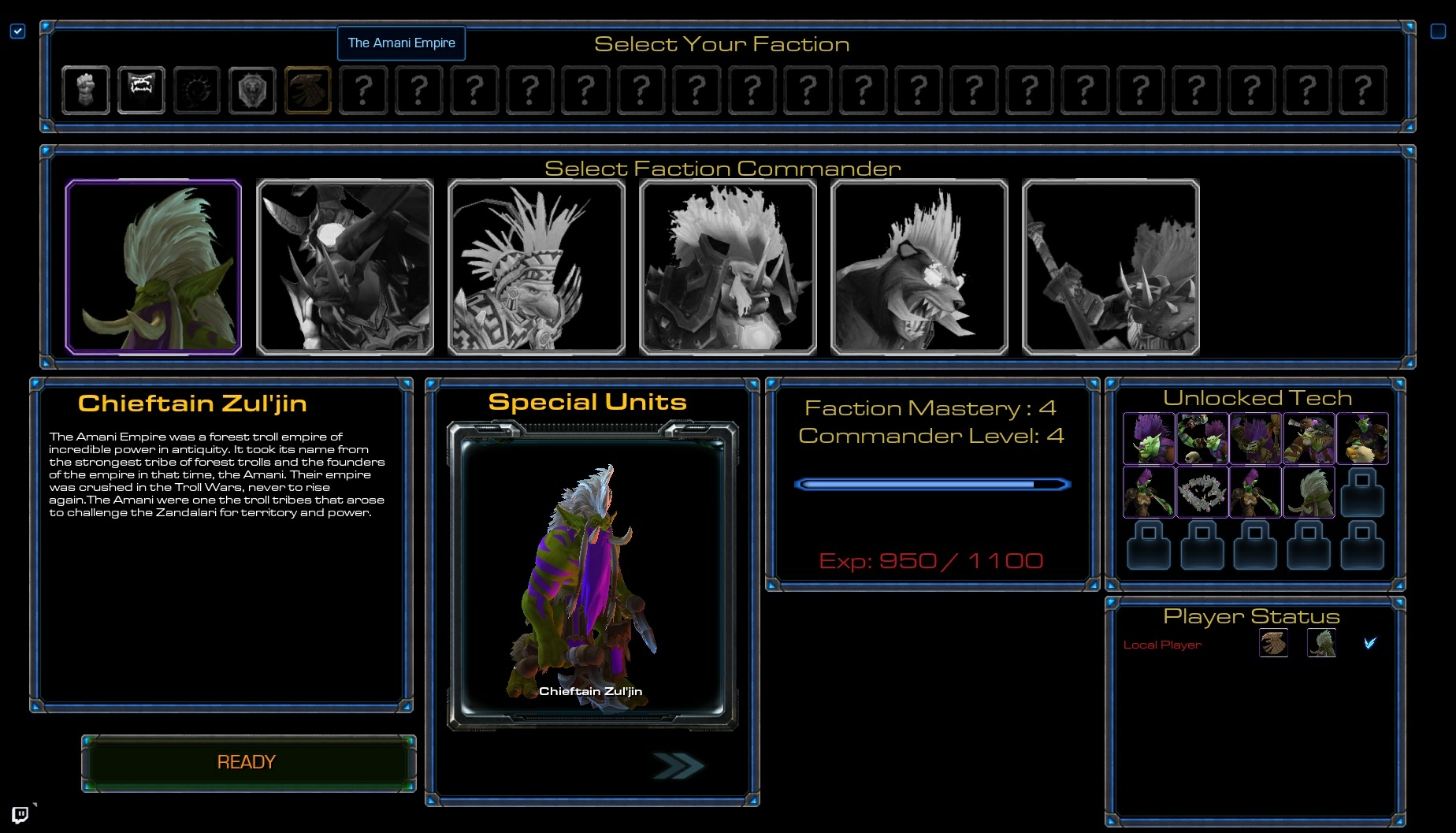

"The concept of having a portal between distant worlds is something I've always been fascinated by as it lets you bring vastly different cultures into direct conflict. Initially it was a pathway for the orcs to enter the human's realm but according to Roper, this idea became a pivotal one in the expanding world and providing a historical context.


World ViewĪround this time the Dark Portal was also conceived. (tabletop role-playing) campaign I ran in college. "For my part, the world was inspired by numerous authors, including the Middle-earth works by Tolkien, the Riftwar Saga by Raymond Feist, as well the work I did on orcs as a noble race for a G.U.R.P.S. I really got the chance to run with it." explains Roper. I was handed the basic concept (orcs fighting humans) and some other components, including one or two character names - Blackhand was the main bad guy. With the two sides decided upon and roughly sketched out, it became the task of Bill Roper, co-producer on Warcraft (and who would later become one of Blizzard s most recognisable faces) to breathe a godlike breath over Azeroth and give the world a bit of substance and history. The two races even got joint share of the box and manual cover. We were all fans of Tolkien and Dungeons & Dragons, and we very quickly settled on the two factions being orcs and humans."īlizzard also wanted players to be able to play the game from both sides, and so it put as much emphasis on developing the bad guys as it did the good ones. We thought it would be fun to play a real-time strategy game in a fantasy setting that let two players compete against each other over a modem or network. "We were very big admirers of Dune II and we brainstormed a bunch of ways that we could make a game that was similar, but with our own stamp on it. Westwood's Dune II was certainly partly responsible for bringing Warcraft to life as Mike Morhaime, programmer on the original game and now president of Blizzard, explains.

The game was Warcraft: Orcs & Humans, the studio was Blizzard Entertainment and it was a partnership that would rocket both into the gaming stratosphere. Then all of a sudden, a relatively small team of 20 people at a virtually unknown development team decided to release a game that pitched humans against orcs in the mythical land of Azeroth. Certainly, it's hard to remember a time we weren't marching armies of heroic fantasy figures into bloody battles with one another.īack in 1994, strategy gamers were playing around with Dune II and were yet to experience the pseudo-military warfare of Command & Conquer. The Fantasy-themed strategy game has evolved to become (along with the development community's continued obsession with WWII) one of the strongest pillars in the RTS genre.


 0 kommentar(er)
0 kommentar(er)
